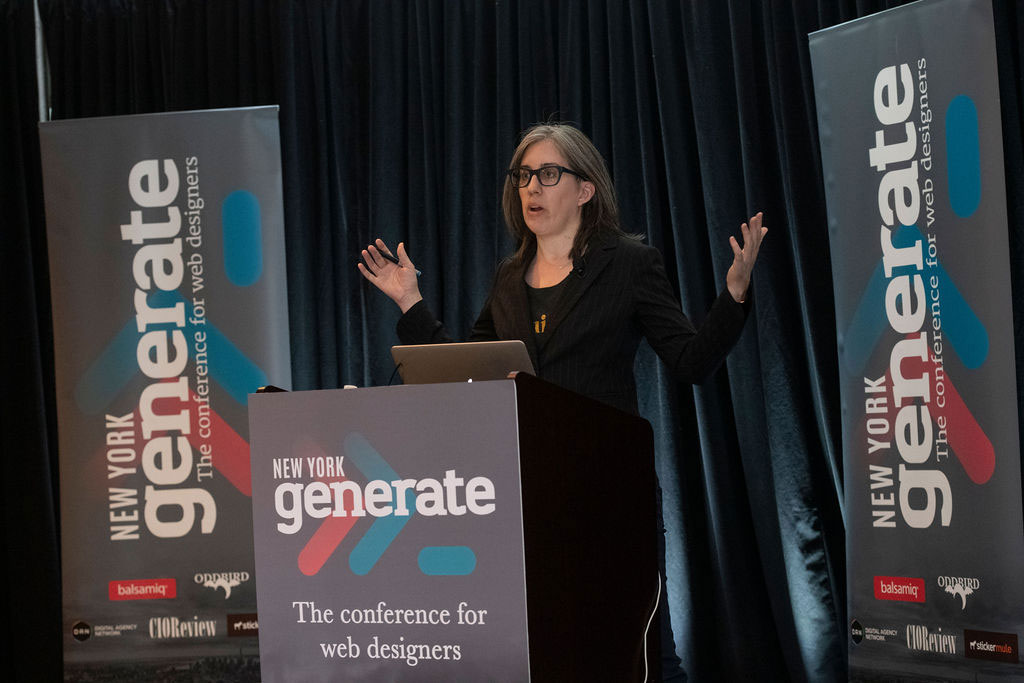8 essential self-promotion tips
How to get yourself noticed – and have a good time while you're at it.
Unless you're extremely fortunate or exceptionally gifted, if you want to make a name for yourself in design then you'll need to get the self-promotional bandwagon rolling. For some designers, it's a natural step on their path to global domination, while for other, less outgoing creatives, it can feel like a daunting task.
For some, merely having a stunning design portfolio and getting it seen by the right creative directors can be enough to set a fabulous career in motion. For everyone else, though, a bit more groundwork is going to be necessary, so here are eight killer tips to help you start getting noticed.
01. Remember you're the brand
If you've been in design for any amount of time then you'll have worked with a variety of brands, and you'll know all about the importance of brand guidelines. Well, now you're the brand, and you need to apply the same thinking to how you promote yourself. At the very least you'll need your own logo design; a strong, instantly recognisable colour palette is another good way to push your brand identity.
Also, though, you should think about your brand voice and what it says about your business. It never hurts to ramp up the positivity and enthusiasm when you're speaking as your brand rather than your everyday self; it might feel a little alien if you're naturally more reserved and self-deprecating in real life, but it works.
02. Work your social mojo

Self-promotion these days can be a lot easier than it was when you had to mail out physical portfolios and do the rounds of agencies in person. A decent social media footprint is a must – check out our guide to nailing your social media strategy for plenty of helpful tips – and can help you get your work seen by the right people. Just don't fall into the trap of spending your entire day chasing likes and retweets; keep things focused.
03. Keep everything updated
The downside to having a heavy social media presence on top of your portfolio site is ensuring that everything's up to date. There are few things more off-putting than visiting a designer's portfolio and discovering that the last update was months or even years ago. So you need to ensure that once you have a new piece of work worth sharing, it gets shared in all the relevant places.
Remember, too, to include as much information as you can; it doesn't have to be a full case study, but at least try to answer the most salient questions that you think visitors might have about each project.
Daily design news, reviews, how-tos and more, as picked by the editors.
04. Find your audience
Helpful though it can be, social media is merely part of the self-promotion process. If you're serious about raising your profile and finding opportunities then you need to bite the bullet and contact some potential employers. This can be an arduous task, however you can make it considerably less so by being smart about your targeting.
Firing your portfolio at every agency you can think of isn't the best use of your time, but if you do your research and identify the firms whose work you love and where you believe your own work would be an excellent fit, and then contact the key people and make your case to them, you should get a much better hit rate than with a scattergun approach.
05. Meet in person

You can achieve a lot, self-promotion-wise, without even leaving your studio, but don't ever underestimate the potential of getting out there and meeting people. Whether it's turning up to your local networking events and pressing some flesh, or heading for the nearest city and visiting the agencies and studios you'd most love to work with, some face-to-face contact is your opportunity to make the sort of impression that you'll never quite carry off over email or social media.
06. Collaborate if you can
Collaboration is a two-way street. Obviously there are benefits for less established designers in collaborating with a better-known name, but for the senior partner in the project there's also the opportunity to produce some work that's out of their comfort zone and gains them a little street cred to go with their respectability. So if a collaboration with one of your design heroes is on your bucket list, go ahead and make your pitch – the worst that can happen is that they'll turn you down.
07. Grow your reputation

Once your self-promotion efforts start to pay off, you can't afford to rest on your laurels. Now's your chance to build your reputation, whether it's by getting out there and delivering some conference talks, doing some pro-bono work for a good cause that you'd like to support, entering yourself for some relevant awards or pursuing your own individual design dream. If the opportunity comes up to promote yourself in a way that fits in with your personal brand – and it's not going to take up too much of your time and energy – then go for it.
08. Enjoy yourself – but do the work
Self-promotion can feel like a never-ending task, but if you figure out your game plan and devise an approach that works around the sort of promotional techniques that you love to see, there's also a lot of fun to be had in staking out your place in the design industry.
Just don't get so caught up with it that you let the important stuff slide. Keep on creating work that delights people and make sure that's your main focus; the self-promotional side is the means by which you can get people to see it, and to ensure that you get to produce much more of it.
Related articles:

Jim McCauley is a writer, performer and cat-wrangler who started writing professionally way back in 1995 on PC Format magazine, and has been covering technology-related subjects ever since, whether it's hardware, software or videogames. A chance call in 2005 led to Jim taking charge of Computer Arts' website and developing an interest in the world of graphic design, and eventually led to a move over to the freshly-launched Creative Bloq in 2012. Jim now works as a freelance writer for sites including Creative Bloq, T3 and PetsRadar, specialising in design, technology, wellness and cats, while doing the occasional pantomime and street performance in Bath and designing posters for a local drama group on the side.
